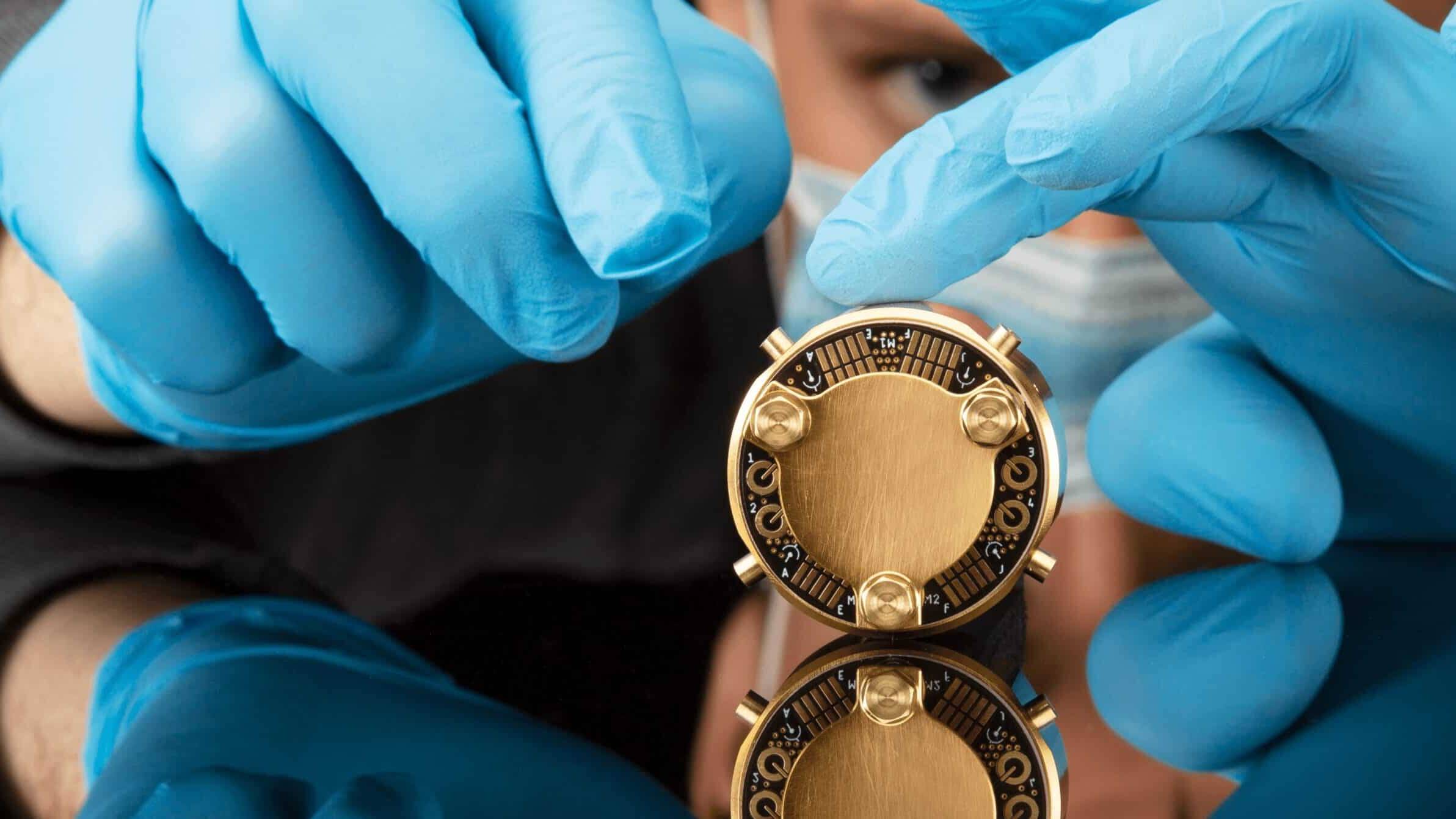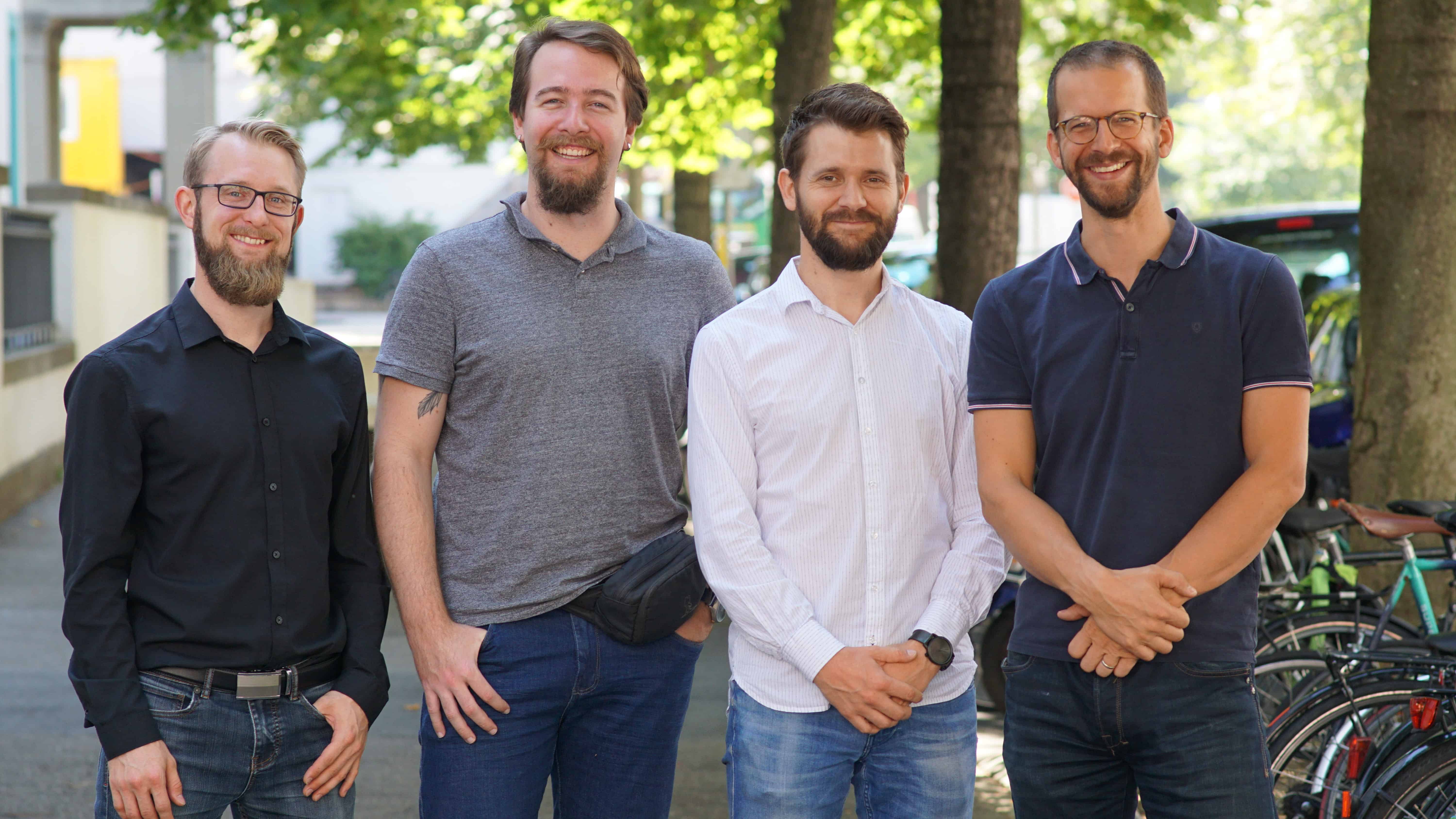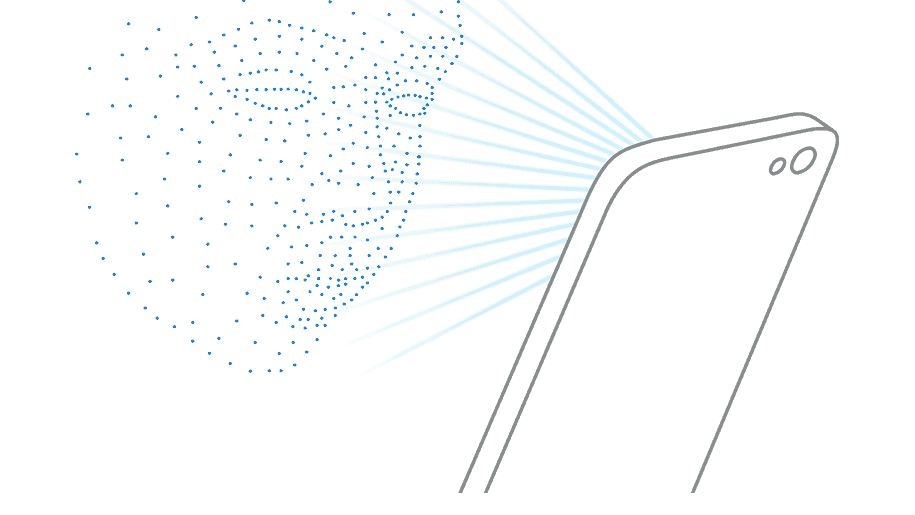Prof. Patrick Maletinsky is recognized worldwide as an expert in the field of quantum sensors, or, as he puts it, trying to understand how refrigerator magnets really work. He explains how the tiny sensors will be able to tell your car where you are, take nice pictures of a single cell and why he sees significant economic and scientific potential in quantum sensing already in the near-term.
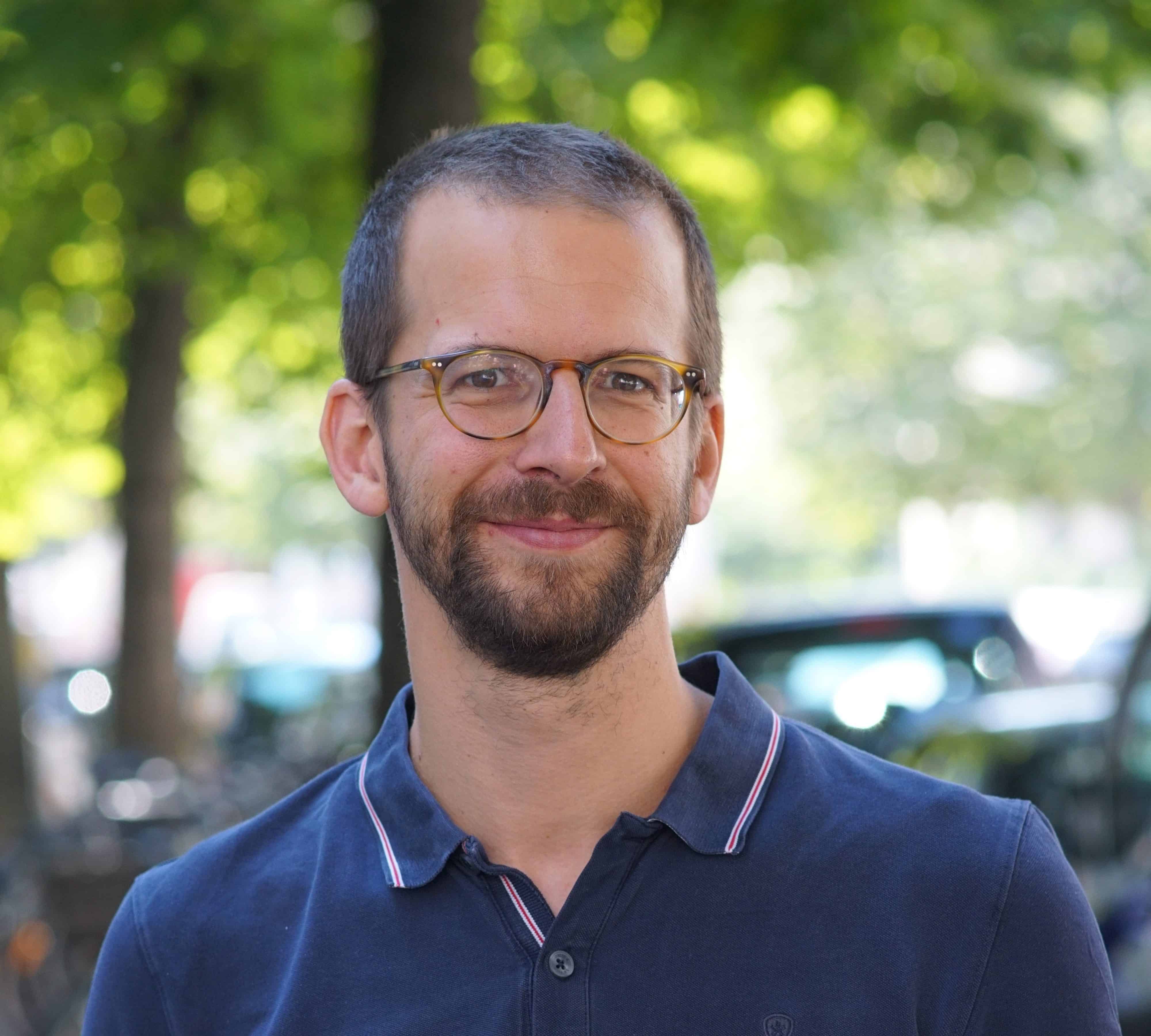
University of Basel
Patrick Maletinsky is an associate professor of experimental physics at the University of Basel
and principal investigator of the quantum sensing lab. Furthermore, he is Chief Scientific Officer
of Qnami, a startup that manufactures diamond quantum sensors.
Your official title is associate professor of experimental physics at the University of Basel. How do you explain what you do the whole day to a non-scientist?
Take the magnets you like to stick on your refrigerator. They seem pretty trivial. But even today, not all such magnets are understood to the most fundamental level and we look into such questions. But we’re not only interested in the theoretical background, we also look for actual applications. Small magnets are for example used in computers to store data. One difficulty is that, unlike your refrigerator magnet, those are extremely weak and studying them require sensors capable to detect very small magnetic fields. That’s why we also developed new sensors that are based on quantum systems, that are very sensitive and show excellent spatial resolution.
How is this relevant to the wider world?
There are already existing applications and academic research in this field is so broad that papers describing new applications are published almost every week. Take the semiconductor industry, for instance: Circuits today are measured on a nanometer scale. For the industry, it’s difficult to understand why sometimes systems don’t work. Quantum sensors can measure the flow of electricity at this scale and help understand what causes short circuits. For manufacturers, failure analysis is a very important field.
Has this industry reached a point of miniaturization where traditional methods fail?
Yes. But nanomagnetism isn’t just important for the functioning of all kinds of computer chips and memory, it is also essential for materials science and the development of new materials.
Is there a product commercially available today that uses quantum sensors?
Bosch has developed a handheld magnetometer that allows detecting water pipes in walls with quantum sensors. This was usually done with metal detectors, but nowadays many pipes are made of plastic. But this is just a niche application, there are far larger markets. Bosch is working on applications of quantum sensors for electric cars. The goal is to measure very precisely where energy is used in a car. Eventually, quantum sensors will also be used in a car’s navigation system.
How can measuring magnetic fields help a car find the way?
Quantum sensors can yield excellent compasses in compact devices which can be integrated in a car, a drone or in any other moving object. They can also yield precise accelerometers, all of which are relevant to navigation. There is GPS, of course, but this system is prone to failure or could possibly be jammed intentionally. Especially for autonomous cars, redundant systems are needed.
Is Bosch the only large corporation working in the field of quantum sensors?
No, there are others, for instance, the French company Thales or the US company Lockheed Martin. They are working on both military and civilian applications of signals analysis. Quantum sensors can be used to measure high-frequency fields, surpassing current limitations. This is ultimately relevant for telecommunication networks.
“This technology promises to be a game changer in life sciences”
Are there any other applications beyond telecoms, cars, materials, and semiconductors?
This technology promises to be a game changer in life sciences. The MRI machines hospitals use are basically making magnetic fields in your body visible. But today, they are limited in their sensitivity and resolution. They display the brain or the organs, but you cannot zoom in, so to speak. This would be possible with quantum sensors, and the impact could be enormous. Imagine being able to focus on single cells or even single strands of DNA. This would be a revolution in diagnostics, allowing to detect cancer and other diseases much earlier.
Taking an MRI picture of a cell sounds a little bit like science fiction.
It would not just allow to heal people but also to understand the fundamental processes of life better. Quantum sensors can also measure the temperature of a cell. It is already possible to introduce them into cells, like very small thermometers and in the future, this approach may be used to understand the different processes, for example in the mitochondria, much better than today.
With all the applications you described, a few of which are already viable today, one gets the impression that the field of quantum sensors is much further advanced than quantum computing. Still, one reads much more about quantum computing than quantum sensing in the media. Is that impression correct?
Quantum computers and quantum sensors could somehow be compared to the brain and the fingers, eyes or the nose. Gigantic computing power is a huge promise, but without the ability to precisely feel and measure the environment it will be limited in sensing its environment. So, in certain ways, both go together. Now if the quantum computer ever becomes reality, it will undoubtedly disrupt our society deeply, and in many places. This is the reason why it gets so much attention. Compared to this, the impact quantum sensors have on society and science will be softer. The upshot and key difference, however, is that for quantum sensor this impact is already becoming a reality now and we know quantum sensors work both in principle and in practice
How did you end up in this field?
I studied Physics and did my Ph.D. at ETH Zurich, with the Ecole Normale Supérieure in Paris as an intermediate station. The ENS is leading in quantum physics worldwide. It has won 8 Nobel prizes in Physics, of these 4 were in quantum physics and 2 in magnetism. Since my PhD I used the technique of spectroscopy, which is also underlying our quantum sensors: you shine a light on quantum systems and try to get information out of the response. I had the great opportunity to do a postdoc at Harvard with Prof. Amir Yacoby, where we did our first proof-of-concept experiments with diamonds as quantum sensors. We showed that this would work in 2012 in a paper that attracted significant attention and patented the technology. At the age of 33, I was appointed assistant professor in Basel and following some successes, became an associate professor in 2017. When I came to Basel, it took some time until we could use the technology. Nanofabrication of diamond structures isn’t trivial, it necessitates unique know-how.
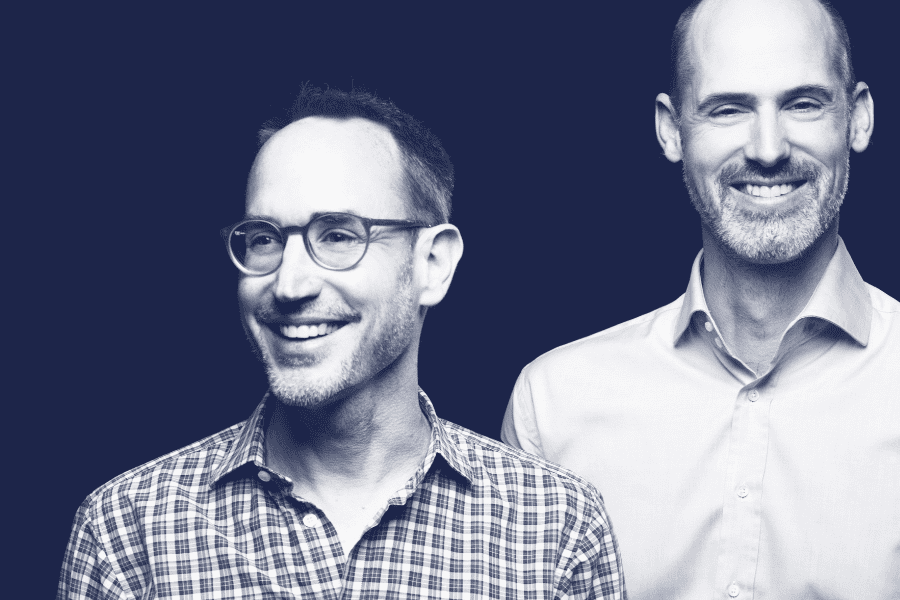
Invest in Startups
As one of Europe’s most active venture capital investors, we grant qualified private investors access to top-tier European startups. With investments starting at EUR/CHF 10’000, you can build your own tailored portfolio over time and diversify across stages and sectors.
You are the Chief Scientific Officer of Qnami, the startup that manufactures quantum sensors. What does a CSO do?
The title describes the role quite well, I was until recently in the same building as the rest of the team and I help with developing ideas, processes, and instruments like our quantum microscope ProteusQ. I have worked for more than 10 years in this field. I will also assure the knowledge transfer of future innovation from my group that is relevant to Qnami and drive the development of new sensors and measured variables forward. I present at conferences and keep in contact with scientists from other fields and beyond to present the possibilities of this technology, which often lead to them talking to Qnami eventually.
“Today we already sell the diamond sensor to expert users”
You mentioned the fabrication of sensors and you mentioned a microscope. What does Qnami sell exactly?
Today we already sell the diamond sensor to expert users such as physicists working in a lab, either researchers or research units of private companies. But we also want to offer a complete system that consists of a sensor, a microscope, and the necessary electronics and software, so that a layperson can read out the results. This system is called ProteusQ and we’ll ship the first beta versions to customers later this year.
How will Qnami develop in the years to come?
At the moment the focus is on magnetism, but quantum sensors can measure temperature, electric fields, pH-values and more. The core competence of Qnami is the fabrication of non-trivial, diamond-based nanostructures and our quantum know-how which is essential to turn a piece of carbon into a useful sensor. We have the vision of becoming a “quantum foundry” – the link in the supply chain between the manufacturers of diamonds and the industry building devices with quantum sensors. And we’re already working on one custom device for a client.
Recently, Qnami has received a grant of EUR 100’000 from the “ATTRACT” program that aims to support the development of breakthrough technologies. Qnami was 1 of 4 Swiss startups that received such a grant, out of 170 nominations in total. What importance has this prize for Qnami?
With Qnami, we had success with several such grants in the recent past – in addition to the ATTRACT program, I can also mention our successful Eurostars project with acronym “TSAR”, which was funded at an even higher amount. Such projects are of great importance to us for several reasons. They allow us to venture into new directions, where we see market potential, but where significant R&D is still required on our side. The projects allow us to partly finance such costly R&D. Furthermore, these are in many cases collaborative projects with partners all across Europe and as such, the projects allow us to further extend Qnami’s network. Lastly, I also consider the reviewing process for such proposals very worthwhile in and of its own. It allows us to test new concepts with expert reviewers and to receive immediate feedback, in the form of detailed reviewer reports, on the scientific and economic aspects of our ideas and performance.
Let’s come back to the big picture. The quantum sensing lab in Basel that you lead is an important center of know-how in Switzerland. But how competitive is Europe in this field?
In 1997 the German physicist Jörg Wrachtrup published a seminal paper that laid the ground for a whole subfield of physics and the quantum system we work with today. At the time I could choose where to do my postdoc, the two leading Universities were Harvard and Stuttgart. Today, there is very strong concentrated know-how on our continent: in France, Germany, and Switzerland and also in Belgium and the UK. With the quantum flagship program, the European Union is going to invest 1 billion Euros over 10 years, providing strong support for research activities. And we have the industrial players like Bosch and Thales that are very active as well. Considering all this, I’d say that Europe has a leading position in quantum sensor technology.
Written by
WITH US, YOU CANCO-INVEST IN DEEP TECH STARTUPS

Verve's investor network
With annual investments of EUR 60-70 mio, we belong to the top 10% most active startup investors in Europe. We therefore get you into competitive financing rounds alongside other world-class venture capital funds.
We empower you to build your individual portfolio.
More News
02.03.2021
An introduction to quantum sensors and the investment opportunities
in this space
Quantum computing and its supremacy over the classical computer capture the imagination of people all over the world. Less known, but no less fascinating is the practical application of quantum phenomena to build sensors that can measure what is otherwise impossible. Scanning a single cell, looking around a corner, hearing a mouse eat in a grain silo, all of this becomes possible thanks to quantum sensors.
15.11.2019
Qnami (Quantum Sensors): CHF 2.6 Seed round
Qnami has raised CHF 2.6 million from Quantonation, investiere, ZKB Starup Finance and High-Tech Gründerfonds. investiere contributed CHF 1 million to this round.
11.06.2019
Actlight (Light sensors): CHF 3.5m Series C
ActLight has raised CHF 3.5 million in a Series C round from investiere, Swisscom and the Quan technology fund. investiere investors contributed close to CHF 1 million.
Startups,Innovation andVenture Capital
Sign up to receive our weekly newsletter and learn about investing in technologies that are changing the world.


